From Dutch, English, Danish, and French colonies living on the territory comprising the islands of St. Croix, St. Thomas, and St. John, what we now know as the United States Virgin Islands has a long and complicated history with colonization.
The USVI celebrates Emancipation Day on July 3 to commemorate the 1848 slave rebellion and the subsequent collapse of the plantation economy of the islands. However, with the abolition of slavery came a mountain of debt for the Danish government, while conditions for formerly enslaved workers on the islands did not improve significantly. This eventually led the Danish state to sell the territories to the United States in 1917.
It took the United States government an entire decade to grant the largely African-descended population American citizenship. US Virgin Islanders have remained unable to elect the President of the United States or have a voting delegate in Congress. Needless to say, residents have little to no power in dictating the United States’ use of their land, and upon the turn of the 20th century, this has had significant environmental effects.
The island of St. John is home to the 29th US National Park and was founded by Laurance S. Rockefeller, grandson of John D. Rockefeller, Sr. As a result, exploitation and protection for the enjoyment of wealthy and white visitors are at the expense of the island and its native inhabitants.
This unsustainable trend continues, and the USVI is facing environmental pressures from increased tourism that threaten vital natural resources. This type of development impacts the environment in multiple ways, especially through sediment pollution, increased demand for sewage treatments, and direct ecosystem damage from an increased number of tourists.
Putting aside the extensive research on community engagement from local leaders that can help reveal how climate adaptation can be done equitably, the local socioeconomic structure is still heavily dependent on this industry.
The physical expansion of large resorts and vacation homes for tourists has led to the vast development of unpaved roads. Unpaved roads tend to transport sediment toward the coast, harming vital ecosystems such as coral reefs that are already vulnerable to climate change.
Beach cleaning, which is a practice done to encourage tourism and support resorts, can also have significant negative impacts. Municipal authorities remove what would be considered “unattractive debris” that is crucial to the ecosystem. Rotting seaweed or dead fish are often removed, as well as landscapes such as sand dunes, purely for aesthetic reasons. These practices harm ecosystems and weaken the coastlines making them much more vulnerable to climate impacts such as storm surges and sea level rise.
The biggest environmental threat to the islands, however, is climate change. The climate crisis impacts the water in the Caribbean, leading to a decrease in annual precipitation, increased floods and extreme rain events, sea surface temperature rise, ocean acidification, sea level rise, and saltwater intrusion and inundation.
In 2016 the Environmental Protection Agency stated, “Warming and acidification could harm the US Virgin Islands’ marine ecosystems and economic activities that depend on them. Coral reefs provide critical habitats for a diverse range of species, while shellfish and small shell-producing plankton are an important source of food for larger animals. Healthy reefs and fish populations support fisheries and tourism.”
This rising sea level submerges marshes, mangroves, and dry land making coastal and marine communities susceptible to the effects of climate change, including tropical storms. Tropical storms and hurricanes have become more intense during the past 20 years. Warming oceans provide these storms with more energy. And the evidence is in the pudding as more than a year and a half after two major hurricanes, Irma and Maria, struck the USVI, the effects of the storms are still obvious.

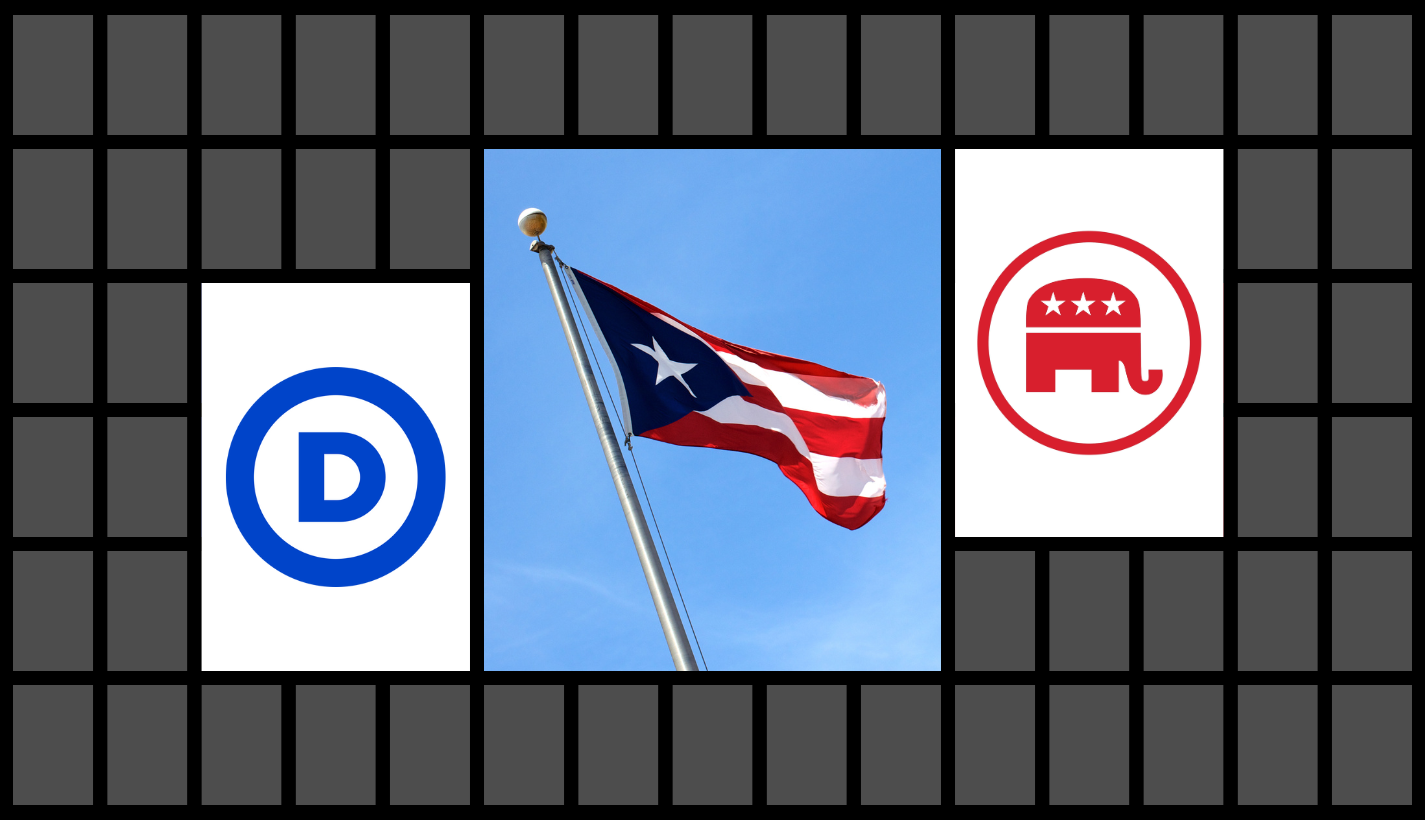
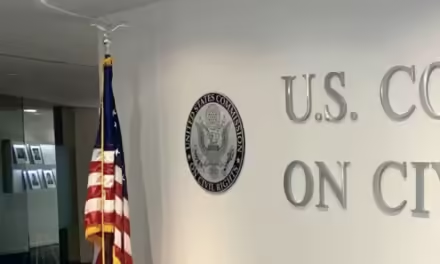
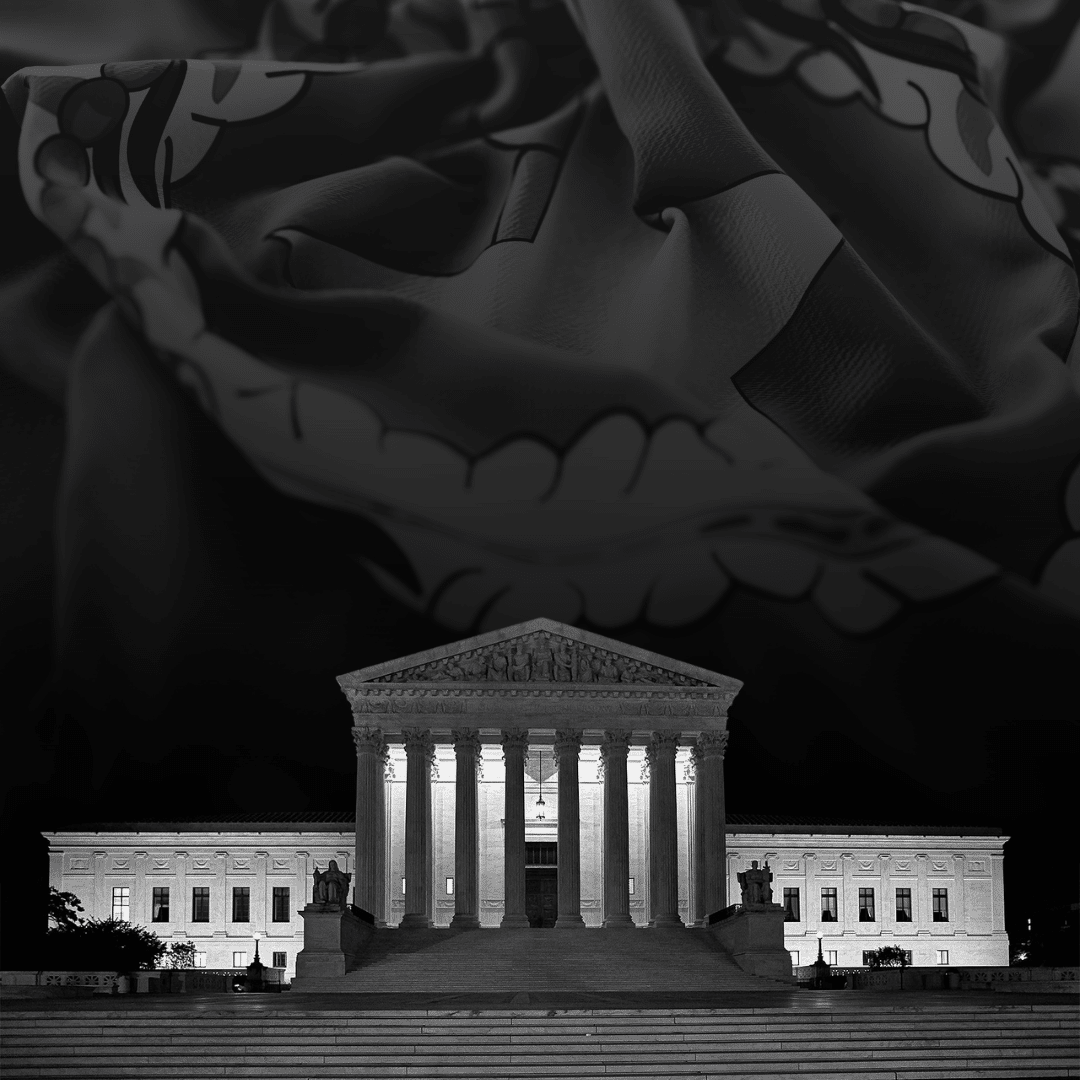
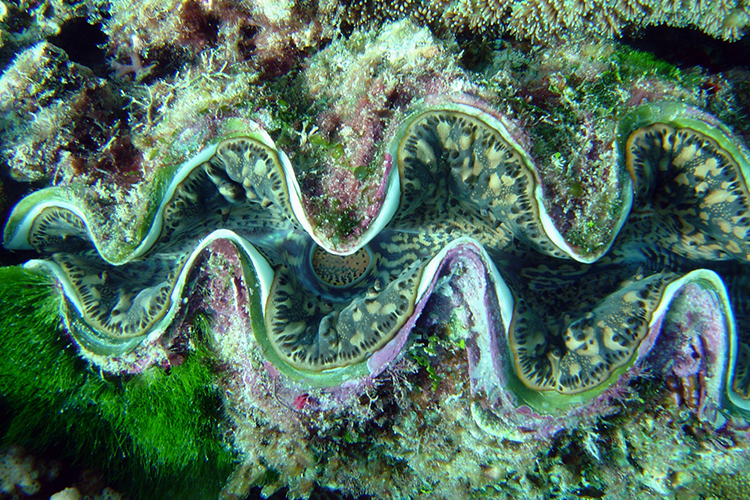
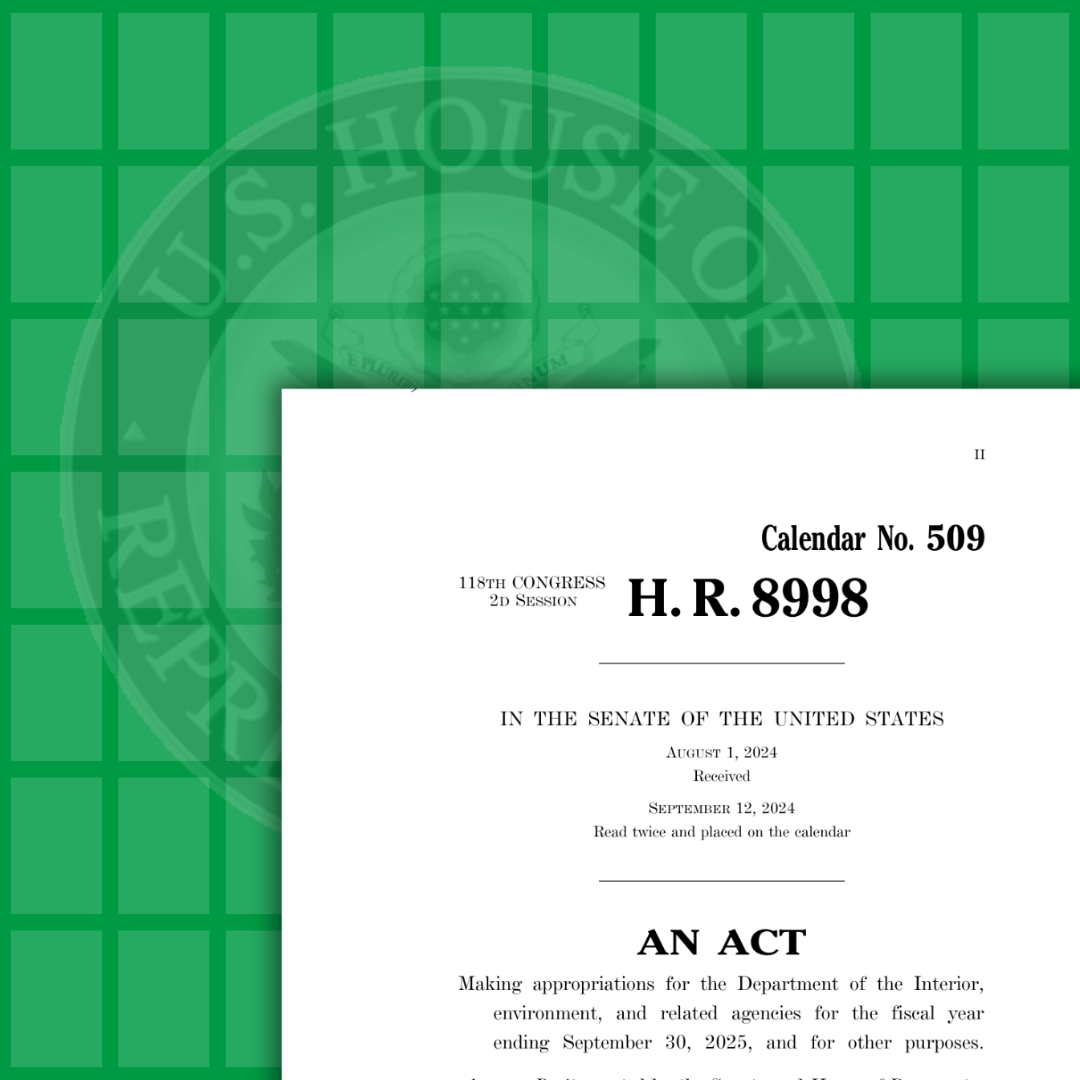
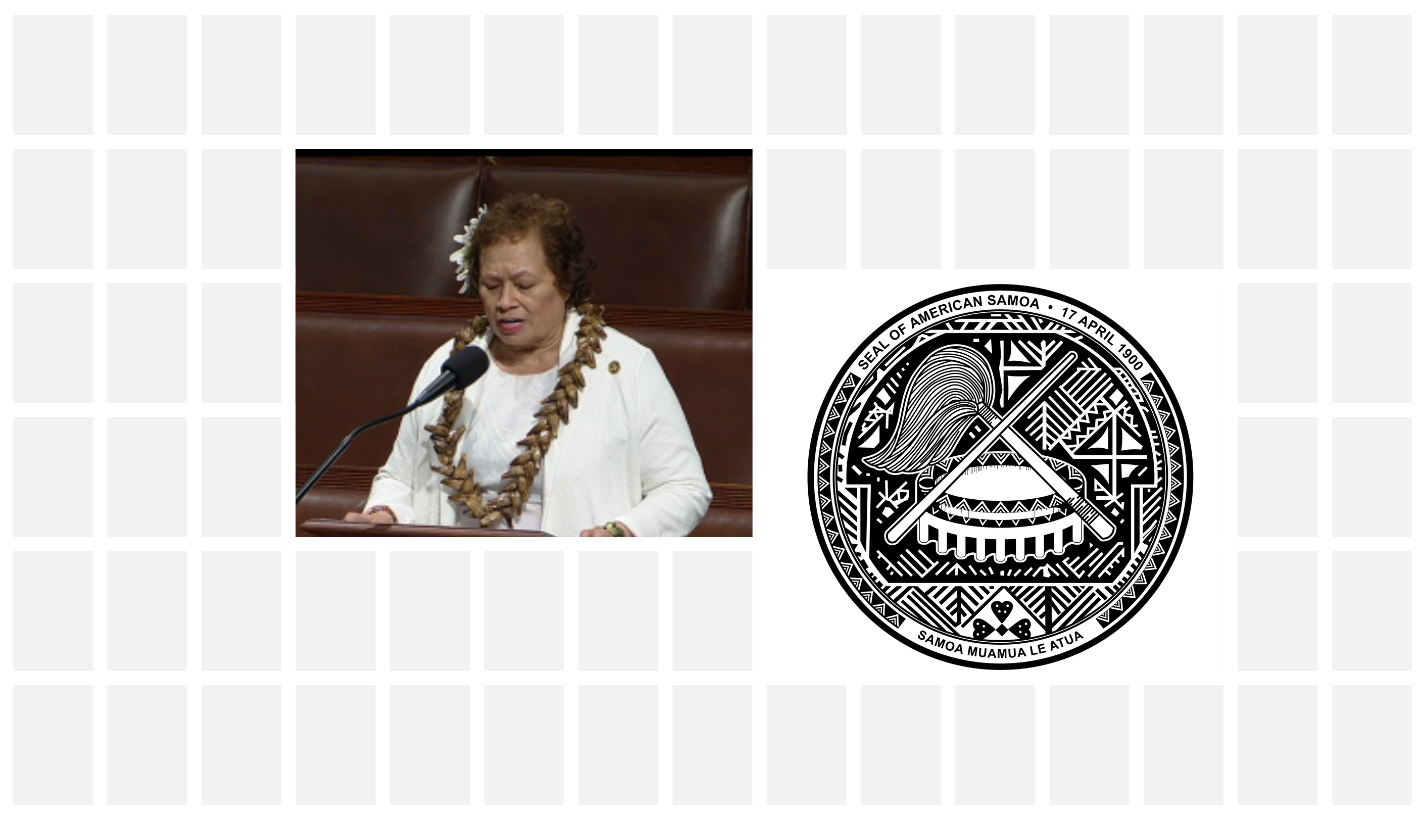

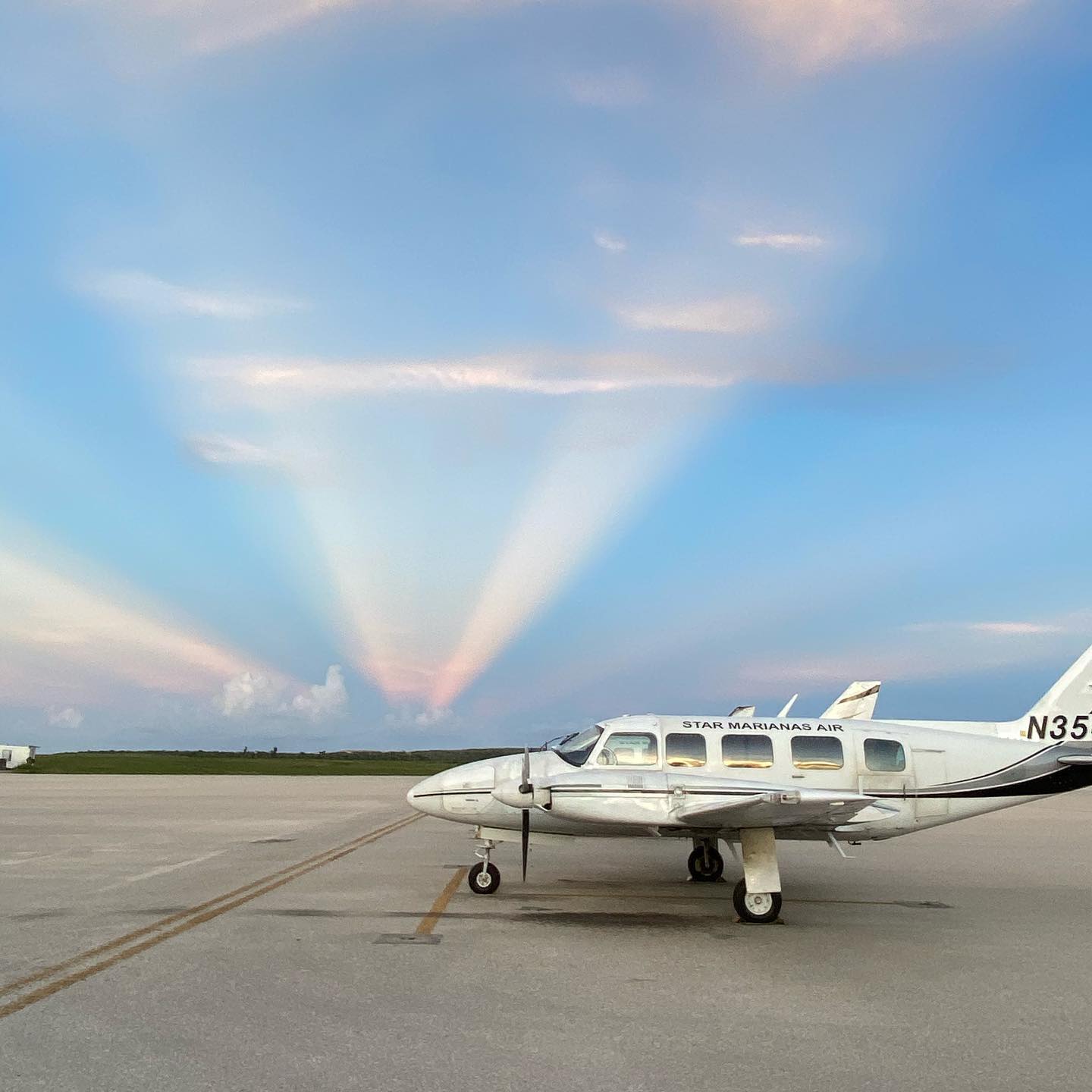



0 Comments
Trackbacks/Pingbacks